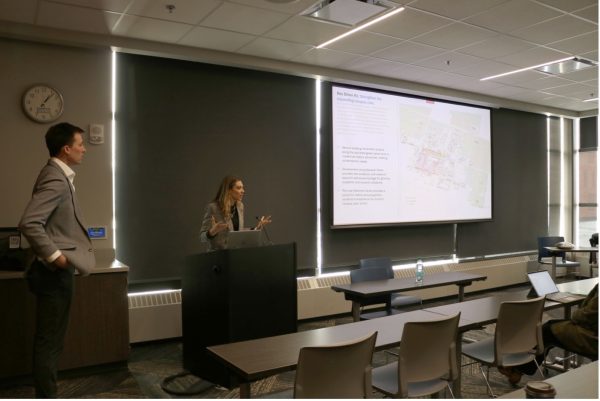The Forgotten Holiday
September 20, 2004
Edward Kearns
The autumnal equinox is when the sun passes from the north to the south. The exact moment the sun is above the equator is the true equinox. In 2004 the autumnal equinox occurs on Sept. 22 at 10:29 a.m. CST.
For many cultures through-out history the equinox was one of the most important holidays on the calendar. The change of the seasons meant it was time for the last harvest of the year and time to prepare for winter.
PageWise Inc. reported that the autumnal equinox was the Celtic new year, or “Samhain,” meaning “summer’s end.” This was also the time of year when they held their “Festival of the Dead,” honoring ancestors and deceased loved ones.
The Druids, known as the priests of the Celtic people, had a tradition separate from the Celts. At the equinox they would sacrifice a large wicker-work figure representing the vegetation spirit.
This may have been the cause of Julius Caeser’s comment that the Druids performed human sacrifices during the Gaelic wars, says website religioustolerance.org. Although Caesar never witnessed any human sacrifice, nor met anyone who had, the story was repeated often enough that it was accepted as the truth.
In medieval times, the Catholic church replaced the pagan equinox and solstice festivals with more Christianized observances. The autumnal equinox became Michaelmas, the “Feast of St. Michael and All Angels.” This Christian holiday is still observed every year on Sept. 29.
In England it was customary to eat a goose which had fed well and become fat on the stubble of the fields after the harvest. In Ireland it was believed that you would soon be married if you were to find a ring in your Michaelmas pie.
In Japan, three days before and after the equinox, the people celebrate “Higan.” The ritual includes repentance for past sins and prayers for enlightenment in the next life.
Ancient cultures also built large stone structures to mark the equinoxes and solstices. Stonehenge, one of the world’s most famous and mysterious structures, is said to have been aligned to determine the solstices and equinoxes.
Popular belief is that it was built by the Druids, but it’s construction has also been attributed to the Romans, Saxons and aliens.
In Ireland, megalithic cairns are scattered through the hills at Loughcrew, about 55 miles northwest of Dublin. The Loughcrew Cairn T is a passage tomb. The sunrise on the spring and autumn equinoxes penetrates a long corridor illuminating a backstone which is decorated with astronomical symbols.
The Ancient Mayans had built a pyramid at Cihick





















